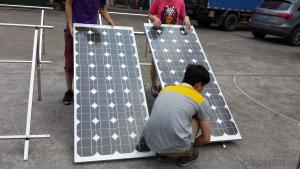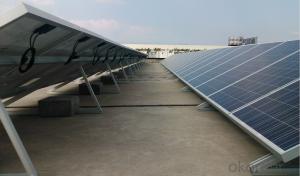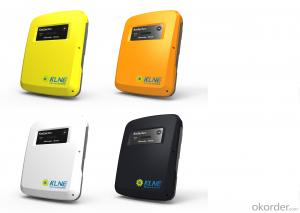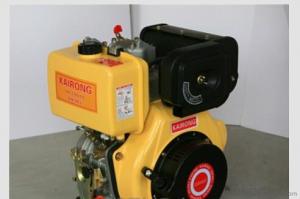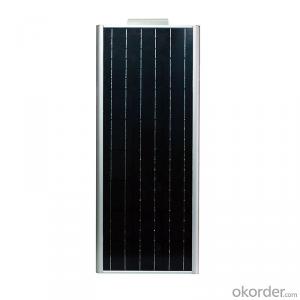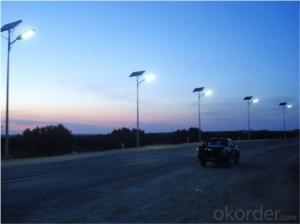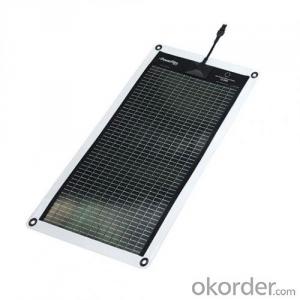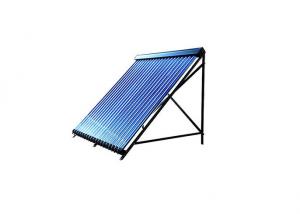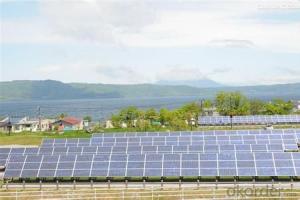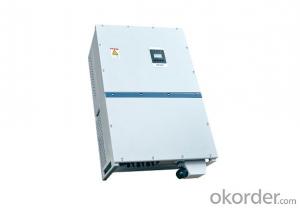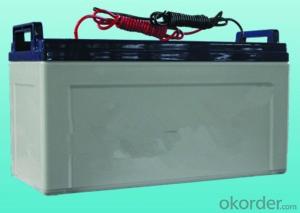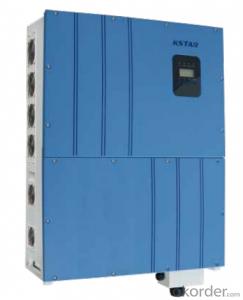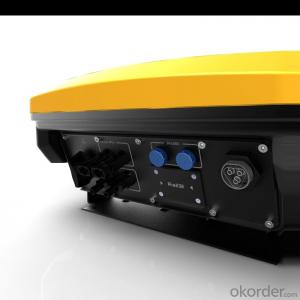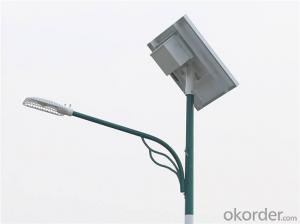50kw Solar Inverter
50kw Solar Inverter Related Searches
Solar Inverter 50kw 50 Kw Solar Inverter 50 Amp Solar Inverter 50 Kw Hybrid Solar Inverter 50kw Solar Inverter Price 50 Kva Solar Inverter Price 50kw Off Grid Solar Inverter 500kw Solar Inverter 40kw Solar Inverter Solar Inverter 500kw 500 Kw Solar Inverter 40 Kw Solar Inverter 500 Watt Solar Inverter 500w Solar Inverter 500w Solar Power Inverter 500 Watt Solar Power Inverter 100kw Solar Inverter Solar 500 Watt Power Inverter 500 Watt Inverter Solar Solar Inverter 500w 45kw Solar Inverter 60 Kw Solar Inverter Solar Power Inverter 500w Solar Inverter 500 Watt 100 Kw Solar Inverter 35kw Solar Inverter 30kw Solar Inverter 80kw Solar Inverter 5kw Solar Inverter Abb 50 Kw Solar Inverter Price50kw Solar Inverter Supplier & Manufacturer from China
The 50kw Solar Inverter is a high-performance product designed to convert solar energy into usable electrical power. This advanced inverter is engineered to handle the demands of large-scale solar power systems, making it an ideal choice for commercial and industrial applications. The 50kw Solar Inverter is specifically designed to optimize energy output and ensure reliable performance in various environmental conditions, providing a sustainable and efficient solution for harnessing solar power.The 50kw Solar Inverter finds its application in a wide range of scenarios, including large-scale solar farms, commercial buildings, and industrial facilities. It is particularly useful in areas with high solar irradiance, where the need for efficient energy conversion is paramount. By utilizing the 50kw Solar Inverter, businesses and organizations can significantly reduce their reliance on traditional energy sources, leading to cost savings and a reduced environmental impact.
Okorder.com is a leading wholesale supplier of the 50kw Solar Inverter, boasting a vast inventory to cater to the needs of various customers. As a reputable platform, Okorder.com ensures that the 50kw Solar Inverter is available at competitive prices, making it accessible to a broader range of users. By partnering with Okorder.com, customers can benefit from their extensive experience in the solar industry and secure a reliable source for their 50kw Solar Inverter requirements.
Hot Products



